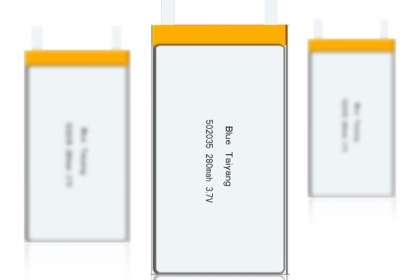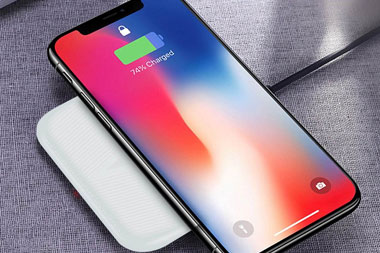锂电池历史日本时期
2020-03-11 20:39:10
Some early concepts in lithium batteries came from Japanese scientists. The typical early lithium primary battery is a Li-I2 battery, which is mainly used in cardiac pacemakers to replace the original Zn-HgO primary battery to solve the problem of short battery life and poor sealing caused by hydrogen evolution, as shown in the figure.

In general, primary batteries were used before 1973. The electrolyte was mainly PC LiCIO4. Later, Tadiran developed a dioxolane-based electrolyte, which can polymerize spontaneously above 110C to enhance safety. The battery system includes: Li / CuF2, Li / CuCl2, Li / NiF2, Li / CdF2, Li / NisS2, Li / CuS, Li / Ag2CrO4, Li / MoO3, Li / SO2, Li / (CF). , L-SOCh, LiSO2Cl2, etc., the excellent super-current discharge capability of the latter two makes it suitable for weapon systems such as torpedoes. In the late 1970s, Panasonic developed Li / (CF) n. The positive electrode is a white insulating hydrophobic organic compound with an operating voltage of 2.5V. In 1972, Matsushita reported on the Li / (CF) n primary battery. In the same year, Moser reported on solid Li / Lil / l2-PVP battery. In 1975, it was reported that heat-treated electrolytic MnO2 was used as the positive electrode of the primary battery. Li / MnO2 primary batteries began to challenge Li / (CF) n batteries. These batteries have been used for LED fishing buoys, cameras, and memory backup power supplies.
In the 1970s and 1980s, scientists in related fields mostly devoted themselves to inorganic cathode materials, while developing conductive polymers such as polyacrylonitrile (PAN) as the positive or negative electrode active material. Except for polyacene (PAS) batteries, the disadvantage of other polymers is that the energy density is too low, which is not suitable for large-size batteries, and is only suitable for button batteries.

Research on rechargeable lithium electrodes began in the early 1970s. Like Ni-Zn batteries, the investigations failed for many years. The problems with lithium metal electrodes are dendrites, shape changes, and formation of sponge lithium. Rechargeable Li / MoS2 battery announced by Moli Energy in 1985. The AA type has a capacity of 600mA.h, an operating voltage of 1.3 to 2.4V, and a cycle life of 250 times at 60mA. At the same time, Lithium MnO2 / Li rechargeable batteries appeared, with AA type capacity of 750mA · h and working voltage of 2.5 ~ 3.4V. From 1987 to 1989, it was used as a power source for NTT mobile phones, and then withdrew from the market due to security issues.
The use of metallic lithium as the negative electrode ultimately failed due to safety issues.
-
skype
Zale Zhou
